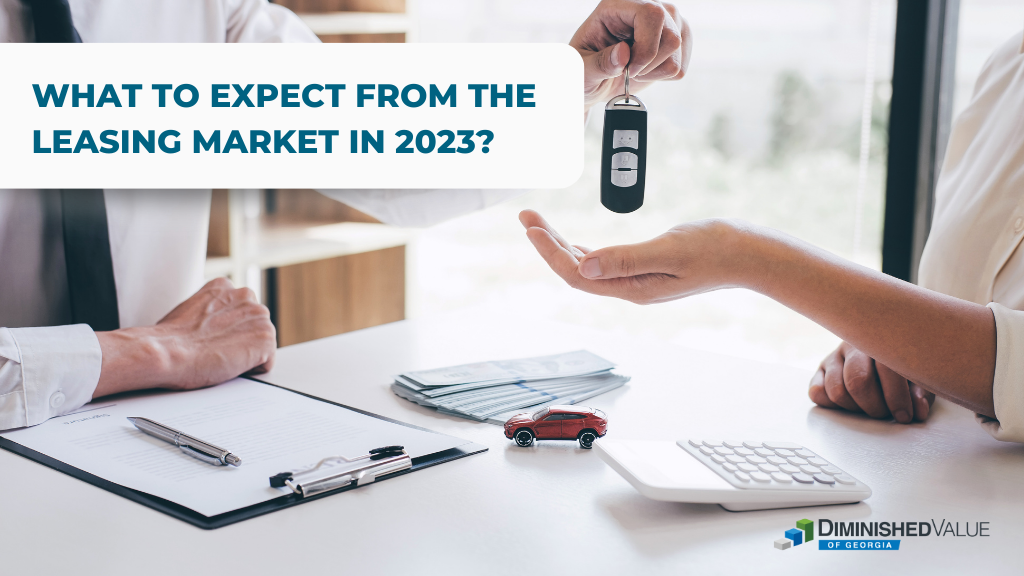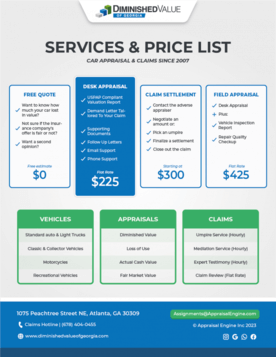What to Expect From the Leasing Market in 2023? (PDF)
Despite not returning to its pre-pandemic share of one-third of retail auto sales as of 2022, auto leasing is expected to represent more of the market in 2023 after bottoming out in 2022. In 2023, experts predict that leasing will grow as a proportion of auto sales after falling to its lowest level in more than a decade last year.
According to experts, affordability concerns and rising incentive spending by automakers are expected to contribute to that growth. According to Cox Automotive, leasing will account for 21% of new vehicle sales in 2023, up from 19% in 2022. Even with the expected jump, the share of customers renting this year will still be below pre-pandemic levels, when leases accounted for 30% of retail sales.
According to experts, affordability concerns and rising incentive spending by automakers are expected to contribute to that growth. According to Cox Automotive, leasing will account for 21% of new vehicle sales in 2023, up from 19% in 2022. Even with the expected jump, the share of customers renting this year will still be below pre-pandemic levels, when leases accounted for 30% of retail sales.
($ in millions)
| 2018 | 2019 | 2020 | 2021 | 2022 | 2023 (est.) | |
|---|---|---|---|---|---|---|
| Total new-vehicle sales | $17.3 | $17.0 | $14.6 | $15.1 | $13.7 | $14.1 |
| Lease share of total | 25% | 25% | 24% | 22% | 17% | 18% |
| Retail new-vehicle sales | $14.1 | $13.7 | $12.4 | $13.0 | $11.9 | $11.9 |
| Lease share of retail | 31% | 30% | 28% | 26% | 19% | 21% |
Decline
According to Edmunds, the average new-vehicle lease in the fourth quarter had a $587 monthly payment, up from $558 a year earlier.
Charlie Chesbrough, Cox’s senior economist, however, said leasing has declined dramatically as higher vehicle prices have driven less affluent consumers out of the market, a demographic more likely to lease than buy. Automakers have also neglected to promote leasing, contributing to the decline.
As a result of higher used vehicle prices, vehicles coming off lease appreciated in value significantly, contributing to the leasing slowdown. Because of this, Chesbrough said, many lessees who would normally return their cars and sign new leases bought their off-lease vehicles and kept the equity.
Consumer demand?
Due to economic uncertainty, Yurchenko said, increased vehicle production is likely to be accompanied by lower consumer demand.
There was an average monthly payment of $717 for new vehicle loans started in the fourth quarter of 2022, up from $659 a year earlier.”Affordability is going to be a growing issue,” Chesbrough said.
Although rising interest rates increase the cost of borrowing, higher rates do not necessarily encourage leasing. However, higher interest rates increase the money factor, the interest rate on a lease. By increasing the residual value on lease paperwork or the vehicle’s projected value at the lease end, automakers can still reduce lease payments.
What To Expect From The Leasing Market in 2023?
Will Automakers strive to keep leasing shares much smaller in the long run?
It can be off-putting for some new-vehicle buyers when cars come off lease and are sold at a deep new-vehicle discount. “Certainly in the luxury side, that can really, I think, be damaging,” Chesbrough said. “So I think there are benefits to not having as many used vehicles out there.”
Yurchenko agreed that automakers would find the prospect attractive, but noted they are under pressure to increase volumes and regain market share.







